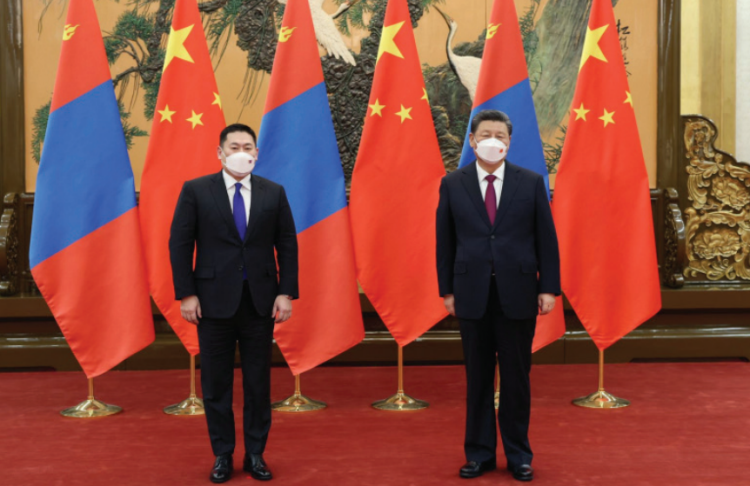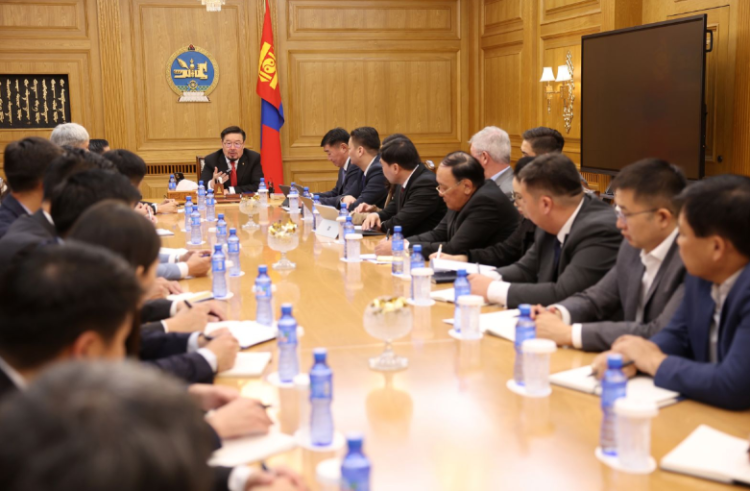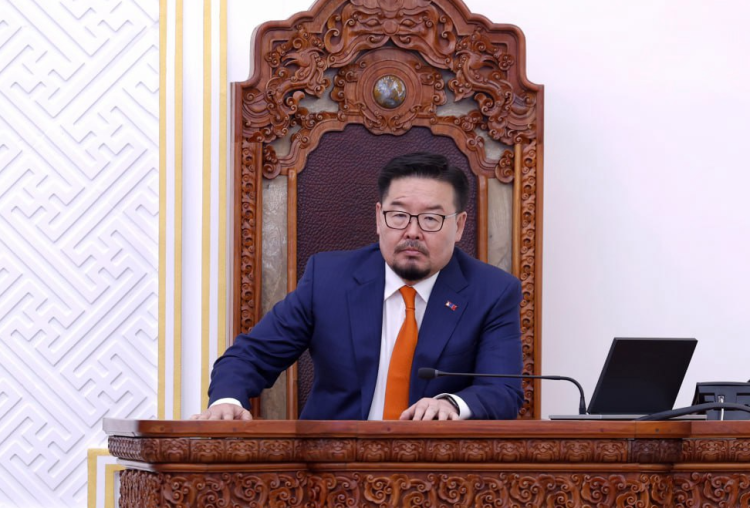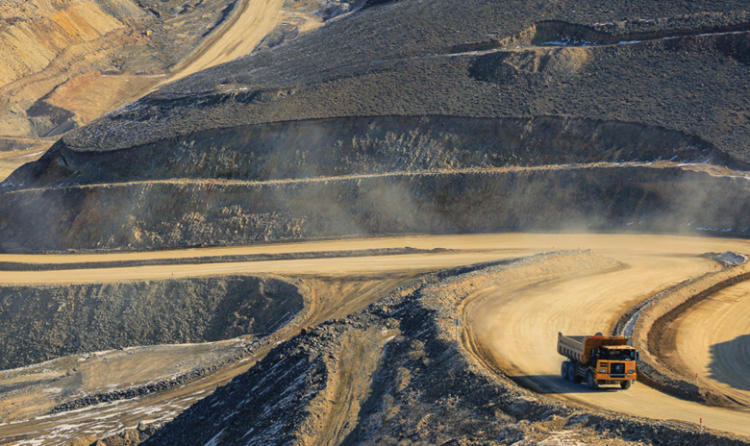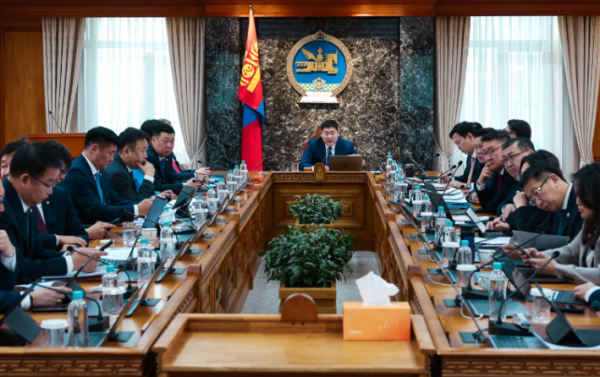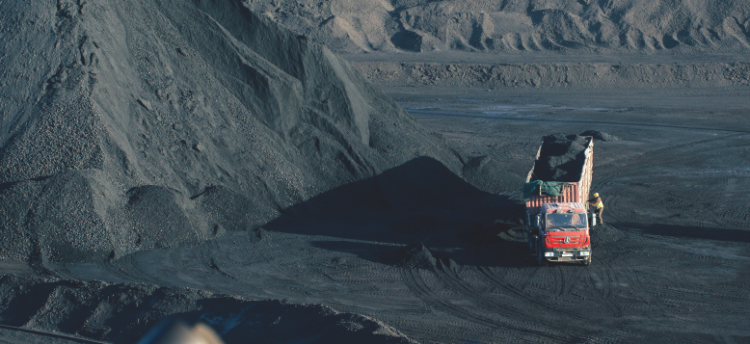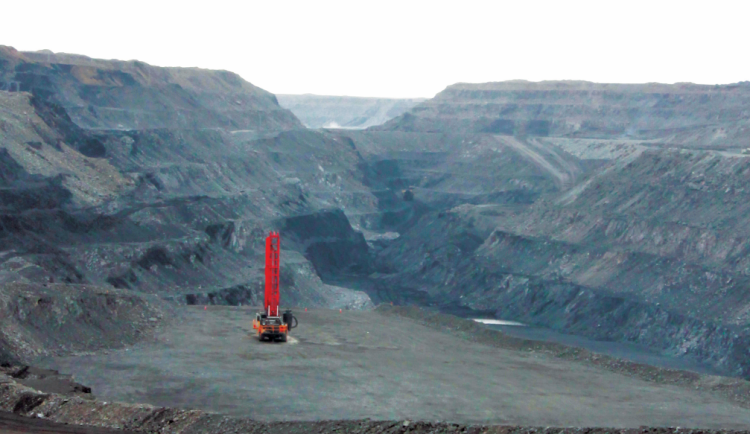The Prime Minister of Mongolia, Oyun-Erdene.L, has returned from his visits to China. What was the outcome of this visit and what is the explanation behind the PM’s address and the government’s actions? The most pleasing news for the mining industry was the fact that the railway issue was settled, but the following outcomes in the political arena should certainly pique the interests of investors and businesspeople. The official news of the Prime Minister’s visit commonly says that both sides talked, exchanged views, and that there was agreement with the Chinese leaders on some prepared topics. The lack of a clear agreement and confirmation raises the question of whether the Prime Minister’s agenda items were insignificant or whether the PM himself was not up to the full task. The agendas included the “same old” items, such as the repayment extension of the debt from the People’s Bank of China, making progress on the 987 km highway project of the AltanbulagZamyn-Uud route, and on the natural gas pipeline project.
The only differences were the “One Billion Trees” program and the projects to reduce traffic congestion in Ulaanbaatar. These were often discussed during previous visits. The “oldest” item on this list is probably about 10 years old. The only progress that has been made is in matching the boundaries of the railways that have been delayed for years. Prime Minister Oyun-Erdene.L expressed satisfaction with the solution. “I am happy to have agreed on a border crossing point. This is a large-scale solution equivalent to the start of the Oyu Tolgoi underground mine, which can expand exports by 2-3 times,” he said. In other words, our country has agreed on a wide gauge and China has agreed on the location of terminals or terminals on a narrow gauge. After their best attempts and at costly expense, they managed to agree on a border point from the Chinese side, finally getting a sigh of relief at finishing the Tavan Tolgoi-Gashuunsukhait railway. The sad story of going to the negotiating table empty and returning empty without even two kilometers of the railway seems to not repeat this time.
However, the intersection location of the Gashuunsukhait-Gantsmod railway is still unknown, and the fact that the officials in charge do not provide this information seems to be a sign that the agreement has not been finalized at the lower level. In any case, officials say that documents will be finalized by the end of March. The most significant result of the visit was the prompt action of the two governments’ working groups and ministries. In April 2009, Prime Minister Bayar.S visited China and met with Premier Wen Jiabao of the State Council to discuss the development of border infrastructure and increasing exports of mining products. The issue of building a mining railway connecting the two countries was also on the agenda of a visit 13 years ago. Since then, the gauging dispute has escalated and many years of stalemate seem to be coming to an end. Commenting on the results of the visit, Finance Minister Javkhlan.B said, “We talked about how both sides will make efforts to increase coal exports. The issue of crossing the border by rail, which has been stuck for more than a decade, has been resolved. Then there are the important issues, such as the location of the transshipping terminals and how to quickly access the freight when the railway is completed. These will be implemented shortly. The Tavan Tolgoi-Gashuunsukhait railway will be commissioned in July. Prompt construction of a transshipment terminal is a challenge. Both sides agreed to speed up the construction of a transshipment terminal at the border.” It would be an accomplishment for Mongolia if they could agree on the site of the intersection and build a transshipment terminal in a short period.
This would end many years of political, social, and business disputes. That would also bring to fruition the real growth of coal exports, which has been only a dream written on paper for many years. At a minimum, coal exports from Tavan Tolgoi will increase by 20 million tons. The capacity of mines has always been there, but transportation issues have dragged down the overall export of coal. The Chinese coal market is becoming more and more attractive for Mongolia. An increase of 20 million tonnes alone will increase export revenue by USD 2 billion and budget revenue by MNT 2 trillion. This will undoubtedly be the main driving factor behind the Mongolian Government’s post-COVID Recovery Policy. The location of the transshipment terminal and its system could be a potential problem, leading to another round of disputes. Foreign and domestic companies have already developed plans to build a terminal with the most modern and intelligent systems. The bilateral relations between Mongolia and China are more important than the railways. A joint statement by the two governments addressed all of these issues. Among them, the following two attracted the most attention. “...the Mongolian side reaffirmed its commitment to the “One China” policy and its support for China’s position on issues related to Taiwan, Hong Kong, Xinjiang, and Tibet. ...the Mongolian side will further improve the domestic business environment and protect the legitimate interests of Chineseinvested enterprises.” Let’s take a step back from this sensitive topic and look back at the Prime Minister’s speech during a visit to China. “I agree that China is a good neighbor for Mongolia that we would not replace. China’s development has raised Asia’s image in the world. Mongolia is ready to deepen its cooperation with China. Mongolia is ready to create an ideal image of bilateral and international relations,” addressed the PM. We don’t know how excited the Chinese President Xi Jinping was when Prime Minister L.Oyun-Erdene expressed such friendliness. He surely noticed that the Mongolian PM reiterated his own words that he said in Parliament during the Chinese President’s visit to Mongolia 8 years ago.
The visit to China was the Prime Minister’s second foreign trip. Domestically, he has announced major political and economic policies, reached an agreement with its largest investor, and completed the construction of the railway. He is also the leader of the ruling party, which has won two consecutive elections. It is important to see, however, whether all of this is enough to make him look different from previous Mongolian leaders to China’s leaders.
Since the Prime Minister’s visit, several interesting events have taken place in domestic social and political areas. The biggest scandal was over the Development Bank’s borrowers. The issue began in January, when the ruling party’s involvement and accountability coincided with the Prime Minister’s return.
Prominent businessmen in the nonperforming loan category were detained and some politicians involved in the loan scandal were expelled from the MPP. If you look at their connections, they are all said to be related to former MPP chairman Enkhbold.M. In addition, a type of crime that was reported only a handful of times in Mongolia has been reported. The intelligence service announced that a citizen who worked with a foreign intelligence agency was arrested. Of course, because it is a state secret, there is no clear information about the reasons. Exactly one week later, the Minister of Justice and Home Affairs, Nyambaatar Kh, announced that there was an investigation over a case of violent intimidation of a foreign investor and forced denial of a concession agreement. Several cases involving foreign investors being harmed or defrauded are heard, but only a few are reported by the government.
It is difficult to say that the tumultuous events that took place after the Prime Minister’s visit were all just coincidences. There are a lot of big issues for the government to deal with, such as implementing large projects and attracting foreign investors. No investor or project will appear just because of some slogans. In a short time, we have shown the problems faced by large foreign and domestic investors in implementing large projects and how to solve them. In addition, during a meeting with the local administration of provinces, the Prime Minister warned the governors not to interfere with the projects approved by the government. Finally, I would like to repeat a sentence from the joint statement with the Chinese government. “...the Mongolian side will further improve the domestic business environment and protect the legitimate interests of Chinese-invested enterprises…”
Mining Insight Magazine №02(003), Febraury, 2022



